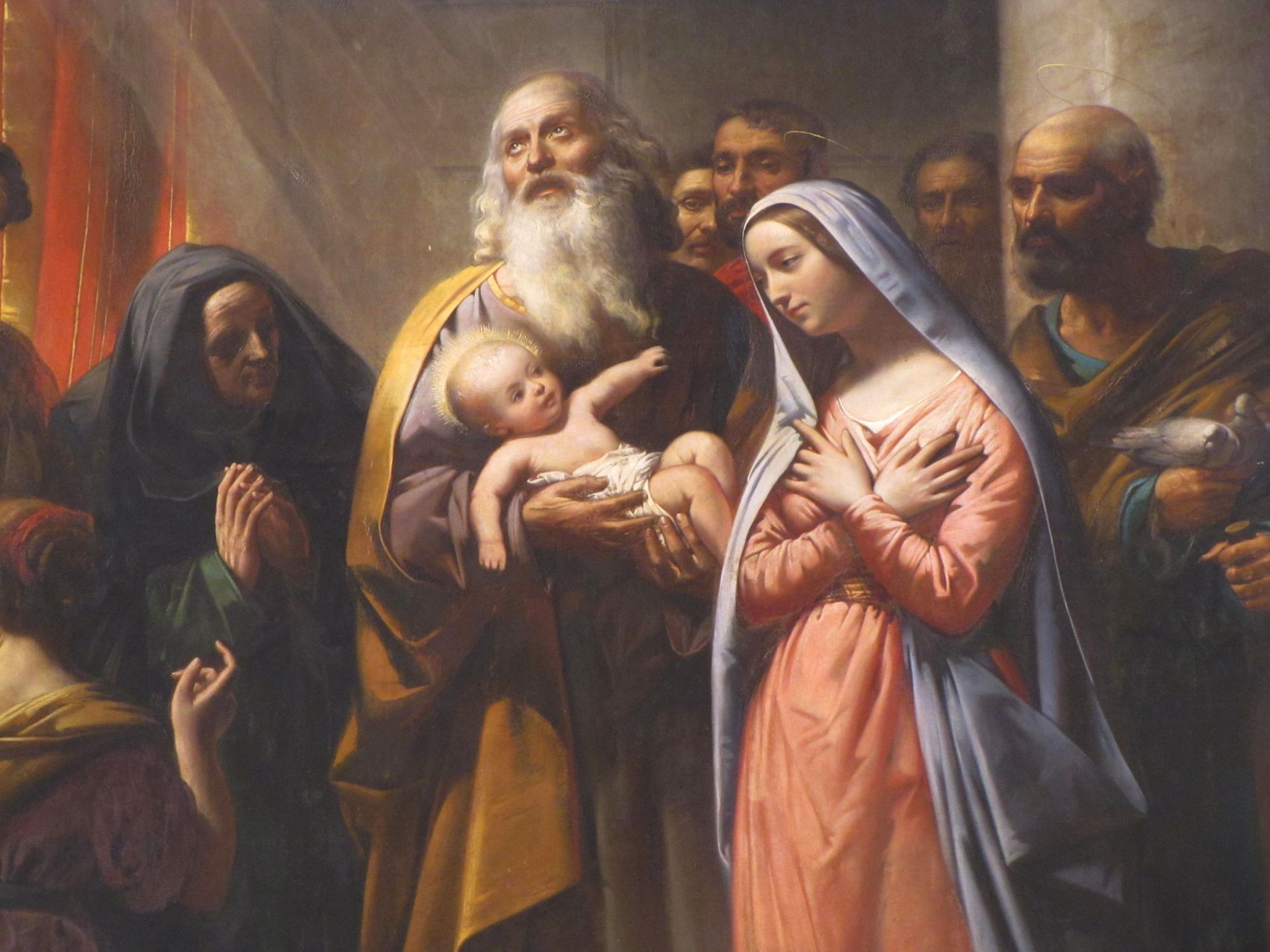
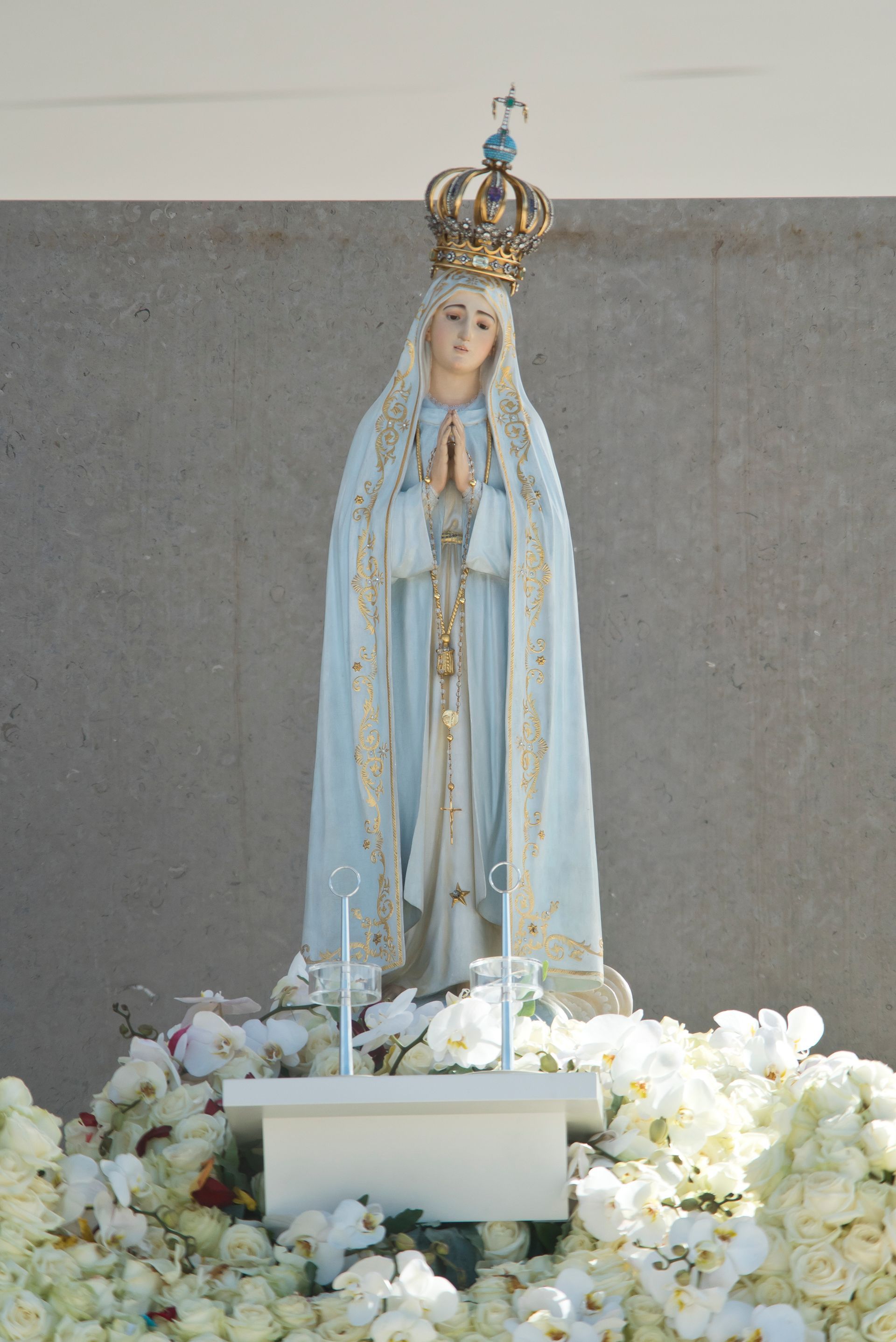
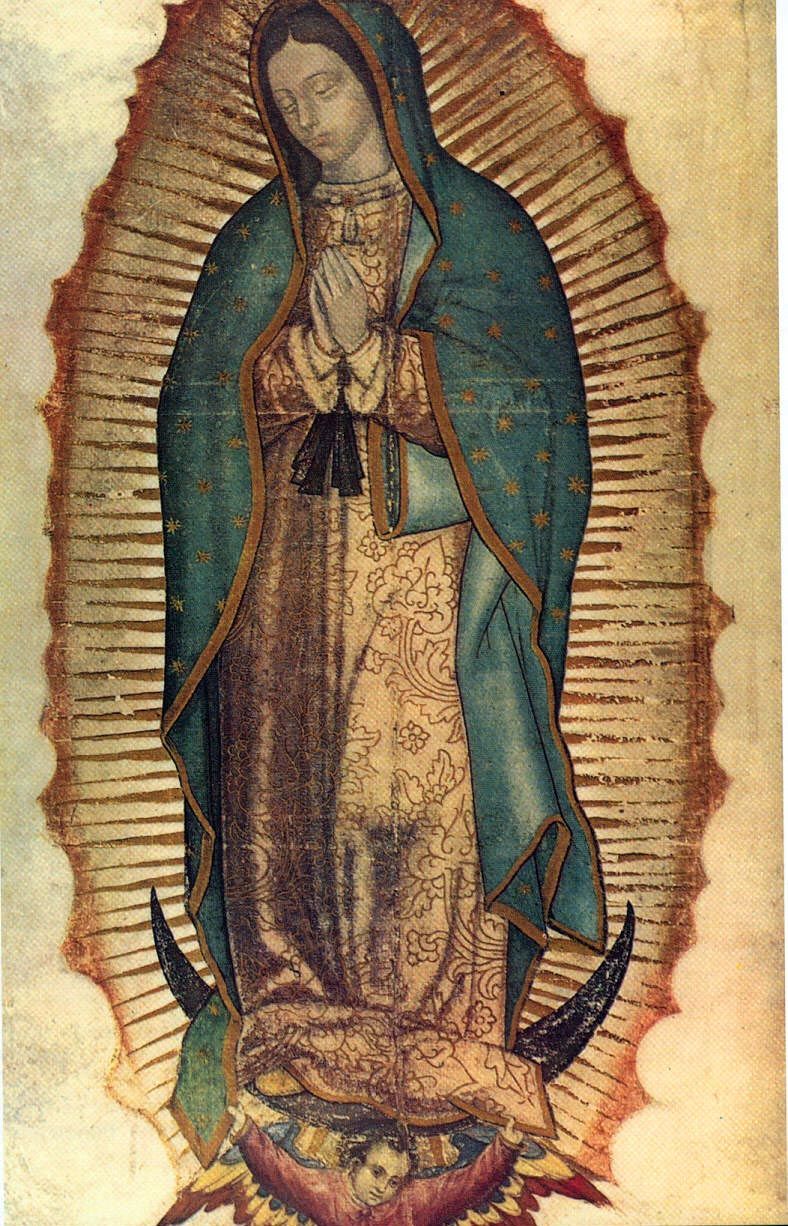
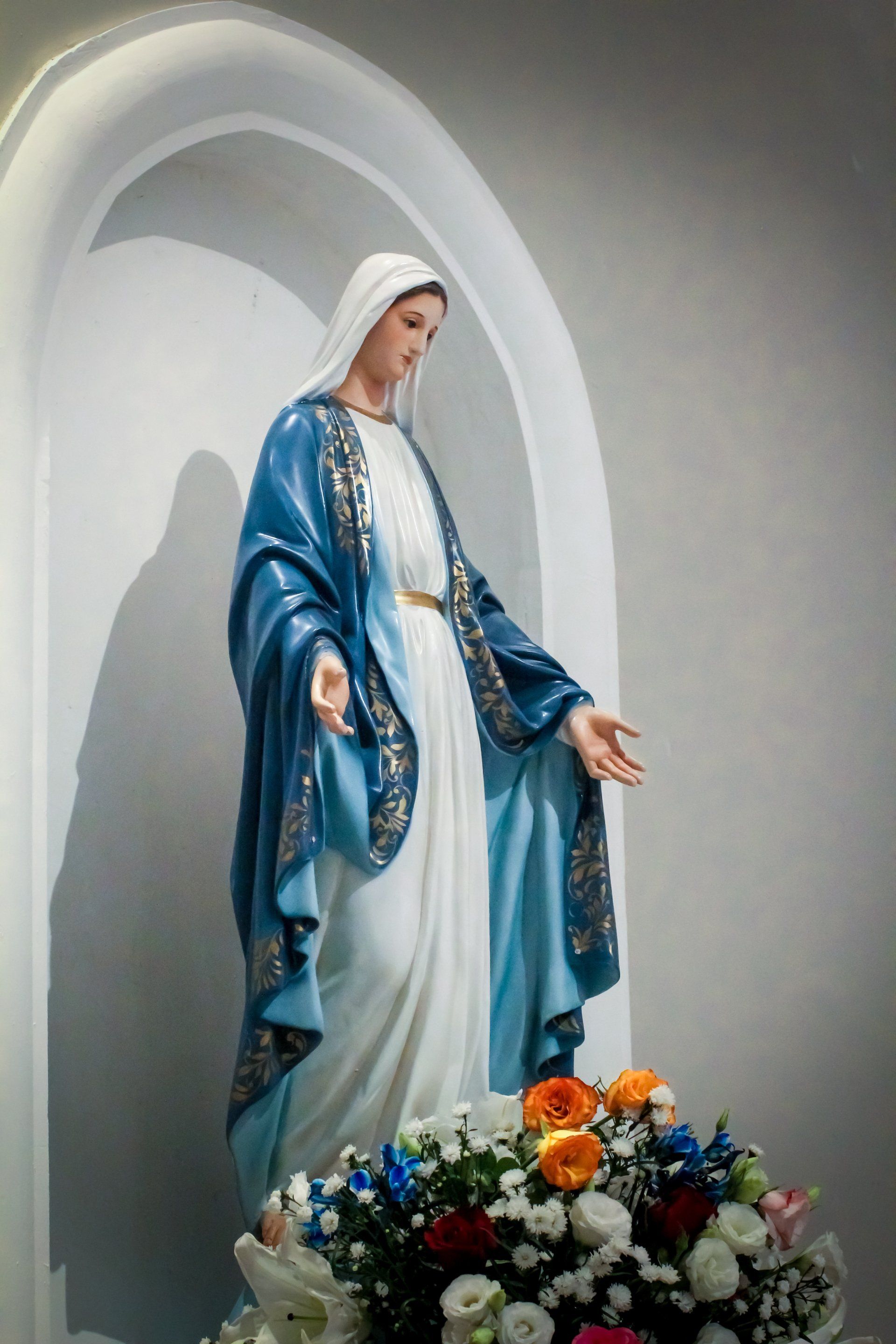
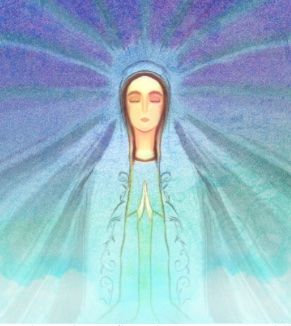
On the Feast of the Annunciation last year, Mgr. John Armitage, the Rector of the National Marian Shrine at Walsingham, rededicated England as the Dowry of Mary. Prior to the Reformation, devotion to Mary was particularly strong in England. Every King of England was expected to go on pilgrimage to the Shrine of Walsingham. Even Henry VIII as a young man walked barefoot from East Barsham to the Shrine to offer prayers. Pre-Reformation Catholicism was as much a cultural tradition as a theological belief. Cathedrals and monasteries were social hubs, and the year was punctuated by Saints’ days and religious celebrations. These were an excuse for feasting and celebrating as much as for praying. With the majority of the people illiterate, Faith was shown by participating in Christian worship, going on pilgrimages and taking part in processions. Faith was seen very much as a community experience rather than an individual or interior spiritual experience.
Every village, town or city had its own Patron Saint who would advocate on its behalf. The greatest of these was the Blessed Virgin Mary. This honouring
of Mary was not confined to sacred buildings but every area of life. Hundreds of flowers were named after her and Marian Gardens were created in her honour. These included some of our most common species – Buttercups (Our Lady’s locks), Dandelion (Mary’s Bitter Sorrow), Foxglove (
Our Lady’s gloves), and Lily of the Valley (Our Lady’s tears). One estimate puts the number at 1,100 species. All this changed after the Reformation. ‘A Garden For Our Lady’,1 written by Felicity Surridge and illustrated by her husband, Malcolm, tells of what happened and how 800 years of floral Marian connections and symbolism disappeared from the national consciousness. In recent times, however, they also note the resurgence of the
idea of planting gardens for Mary – quiet sacred spaces filled with flowers named after her. One of the latest is at the Rosary Shrine at St Dominic’s Priory, Haverstock Hill in North London.2
It is not only flowers that are named after Our Lady. I found out recently that the bright cheerful ladybird is also named after the Virgin Mary. In Medieval
times, Our Lady was often depicted wearing red, and the seven spots on the ladybird’s back were a reminder of the seven sorrows and seven
joys Mary experienced. When I was a child, it had always been considered lucky if a ladybird landed on your hand. Realising this link with Our Lady I could now see why. I was ecstatic as I was trying to find a suitable emblem for the Readies, a band of children wanting to do good, who were lead characters in a children’s book I was writing, called ‘The Little Witch Who Wanted to Be Good’. Learning about this association of ladybirds with Our Lady
felt like a blessing from God on my book and the project generally. It was a subtle way of bringing Mary’s presence into the book. My vision behind the book was to use the interest in witches as a way to subvert the genre, and encourage children on a path of virtue, but done in an amusing way. Hence Esmeralda, the heroine, is considered naughty for wanting to join the Readies and do good. The response among children so far has been great as they not only enjoy the book but understand the message too. To find out more see ‘The Readies Club’ website
www.thereadiesclub.com
Article 1st published in the Faith Companion Magazine - July/August 2021 Edition
Kristina Cooper is a Catholic journalist, speaker and writer. She
edited Goodnews magazine for 35 years. Since her retirement
she has been concentrating on writing children’s books as a
way of transmitting Christian values in a fun way to the younger
generation. The Little Witch Who wanted To Be Good’ was
published in February 2021. It is available on Amazon and her
web site www.the readiesclub.com
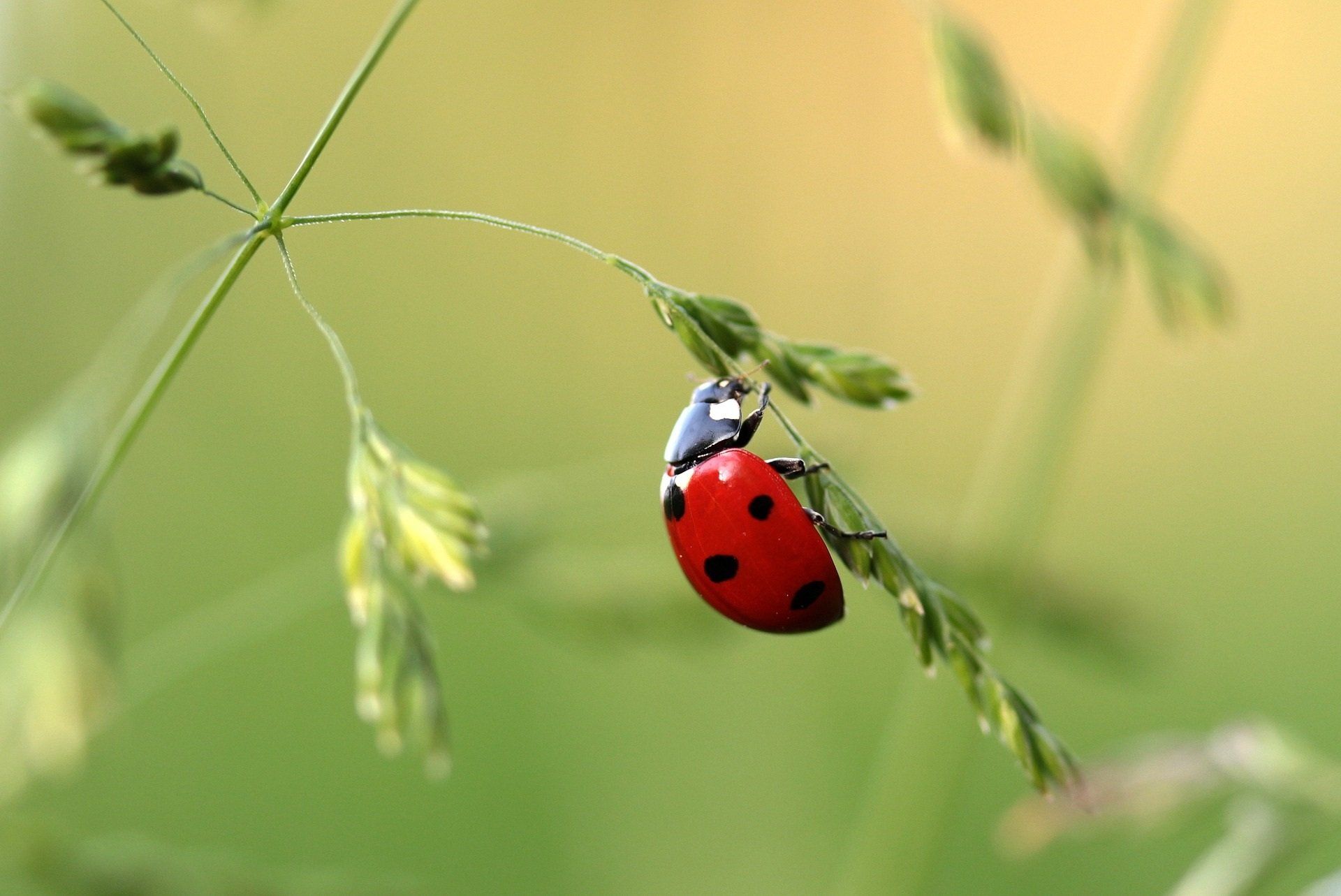





Everyday Christian Marketing LTD
Registered Office: The Gate Business Centre, Keppoch Street, Roath, Cardiff, CF24 3JW, South Wales, UK